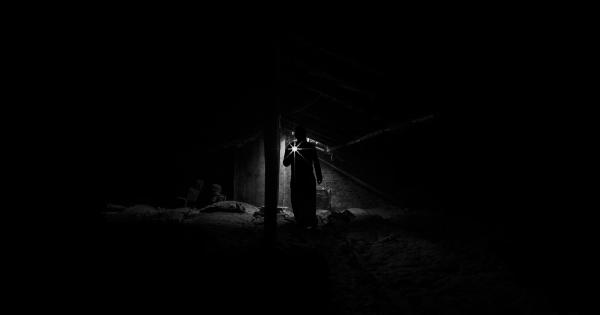Sleepwalking, also known as somnambulism, is a sleep disorder that affects up to 40% of children and 4% of adults. It is characterized by walking or performing other activities while still asleep, often with no recollection of the events afterwards.
While sleepwalking is generally harmless, recent studies have discovered a link between chronic sleepwalking and a higher risk of deadly diseases.
What is Sleepwalking?
Sleepwalking is a type of parasomnia, a category of sleep disorders that involve abnormal behavior during sleep.
Typically, a sleepwalker will begin their episode during the non-rapid eye movement (NREM) phase of sleep, usually within the first few hours of falling asleep.
During a sleepwalking episode, the sleepwalker may perform a variety of activities, from simply sitting up in bed to walking around the room or even leaving the house.
They may appear to be awake, but they are actually in a state of partial arousal and are not fully aware of their surroundings.
Who is at Risk of Sleepwalking?
While sleepwalking can affect anyone, certain factors may increase the risk of developing this sleep disorder. These include:.
- Family history of sleepwalking
- Stress and anxiety
- Irregular sleep schedule
- Alcohol use
- Certain medications
- Medical conditions such as sleep apnea or restless leg syndrome
Health Risks Associated with Chronic Sleepwalking
While occasional sleepwalking is generally harmless, chronic sleepwalking may have serious health implications.
In a recent study published in the journal Neurology, researchers found that individuals who experienced frequent sleepwalking episodes had a higher risk of developing cardiovascular disease and other deadly conditions.
The study, which followed over 15,000 men and women for an average of 23 years, found that those who reported sleepwalking five or more times per month had a 60% increased risk of dying from any cause compared to those who did not sleepwalk.
Additionally, sleepwalkers were more likely to develop cardiovascular disease, stroke, and mental health disorders such as depression and anxiety.
How Does Sleepwalking Increase the Risk of Deadly Diseases?
The exact mechanisms behind the link between chronic sleepwalking and deadly diseases are still unclear. However, researchers have proposed several theories as to why this may be the case.
One possibility is that sleepwalking may be a marker for underlying health conditions that increase the risk of cardiovascular disease and other deadly conditions.
Another theory is that sleepwalking may disrupt the body’s natural circadian rhythms, leading to metabolic imbalances and increased inflammation.
Chronic inflammation, in turn, is a known risk factor for a wide range of diseases, including cardiovascular disease, stroke, and cancer.
Treating Chronic Sleepwalking
If you or someone you know is experiencing chronic sleepwalking, it is important to seek medical attention.
A sleep specialist can evaluate the individual and determine if there are any underlying medical conditions or lifestyle factors contributing to their sleepwalking episodes.
Treatment for sleepwalking may include lifestyle changes such as avoiding alcohol and improving sleep hygiene, as well as medications that can help regulate sleep patterns.
In some cases, cognitive behavioral therapy may also be recommended to help the individual identify triggers for their sleepwalking episodes and develop strategies for managing them.
Conclusion
While sleepwalking is generally considered a harmless sleep disorder, recent research has uncovered a link between chronic sleepwalking and a higher risk of deadly diseases.
Individuals who experience frequent sleepwalking episodes should seek medical attention to identify any underlying health conditions or lifestyle factors that may be contributing to their disorder.





























